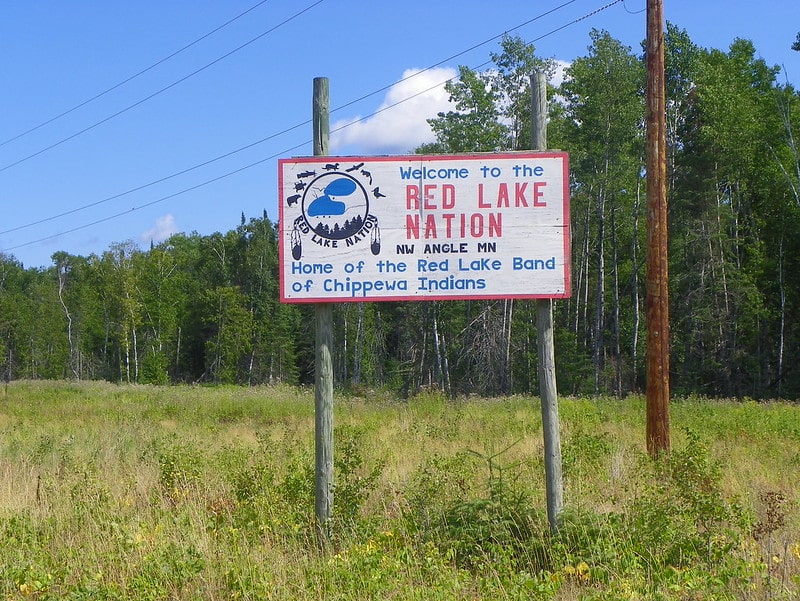I recently was asked about the pros and cons of municipalities requiring that their employees live within the city limits. It’s an interesting question that raises a host of public policy questions, but emergency response personnel comes to my mind. The city council of Brentwood, a small city in southern California, is debating whether or not to require its city manager to live within the town limits. Among the reasons cited is that the manager is also the city’s director of emergency services. Requiring that the manager live within the city’s boundaries ensures that he or she is able to effectively assume that role in a disaster, according to an article in the Contra Costa Times.
Emergency preparedness and an oft-stated desire to “keep city money in the city” mentioned in a recent article out of Michigan are all valid goals, but I think turning the question around is more important. We should be asking, “What could cities do to encourage its employees and others to want to live within its boundaries?” A person chooses to live in a certain place for a myriad of reasons, but livability and housing affordability are critical to attract and retain residents—employees or not.
With mortgage rates still nearly as low as they’ve been in a generation and the Federal Reserve committed to keeping its target borrowing rate low well into next year, borrowing to buy a home has rarely been more affordable. But while home prices are well off their peak levels, prices are still high, especially for families with modest incomes. Moreover, access to credit goes hand-in-hand with affordable mortgage rates, and credit access has been tight. Credit has been so tight that two-thirds of consumers in a recent survey by a major mortgage lender thought that only buyers with “very good credit” would qualify for a mortgage loan.
Buyers with a few credit blemishes can get mortgages, however, and cities are doing their part to help mortgage money flow. These localities are finding ways to increase access to credit and low rate mortgages by partnering with housing finance agencies. For example, St. Petersburg is just one of the cities that offers competitive mortgage rates, generally has credit standards that accurately mitigate repayment risk, and also requires relatively low down payments. These programs usually require homebuyer education, but research from NeighborWorks America shows that homebuyer education helps prevent mortgage default.
While affordability is essential to attract residents, equally important is a city’s overall quality of life. The qualities that make a city a place where people want to live have to be marketed, even to employees.
That’s where neighborhood marketing initiatives comes in, and why we recommend that cities take a good look at what these programs are doing.
For the past three years, NeighborWorks America has invested in more than 30 local nonprofits that want to promote the desirability of their communities. Cities that partner with nonprofits can leverage these organizations’ activities to attract new residents and give current residents more reason to stay.
What the nonprofit NeighborWorks affiliate Primavera Foundation in Tucson, Ariz. is doing to highlight the great things about its community is one example. Using video that highlights neighbors, neighborhood and business potential, Primavera paints a portrait of a place that is exciting to live, work, and play in —for people who don’t work for the city and for people who do.
Neighborhood marketing in order to highlight a city or local neighborhood takes a variety of approaches, and a sample of what some NeighborWorks organizations are doing can be found at www.stablecommunities.org/marketing.
Let’s kick off the discussion here: What is your city doing to attract and retain residents?
Photo credit: NeighborWorks America




Comments